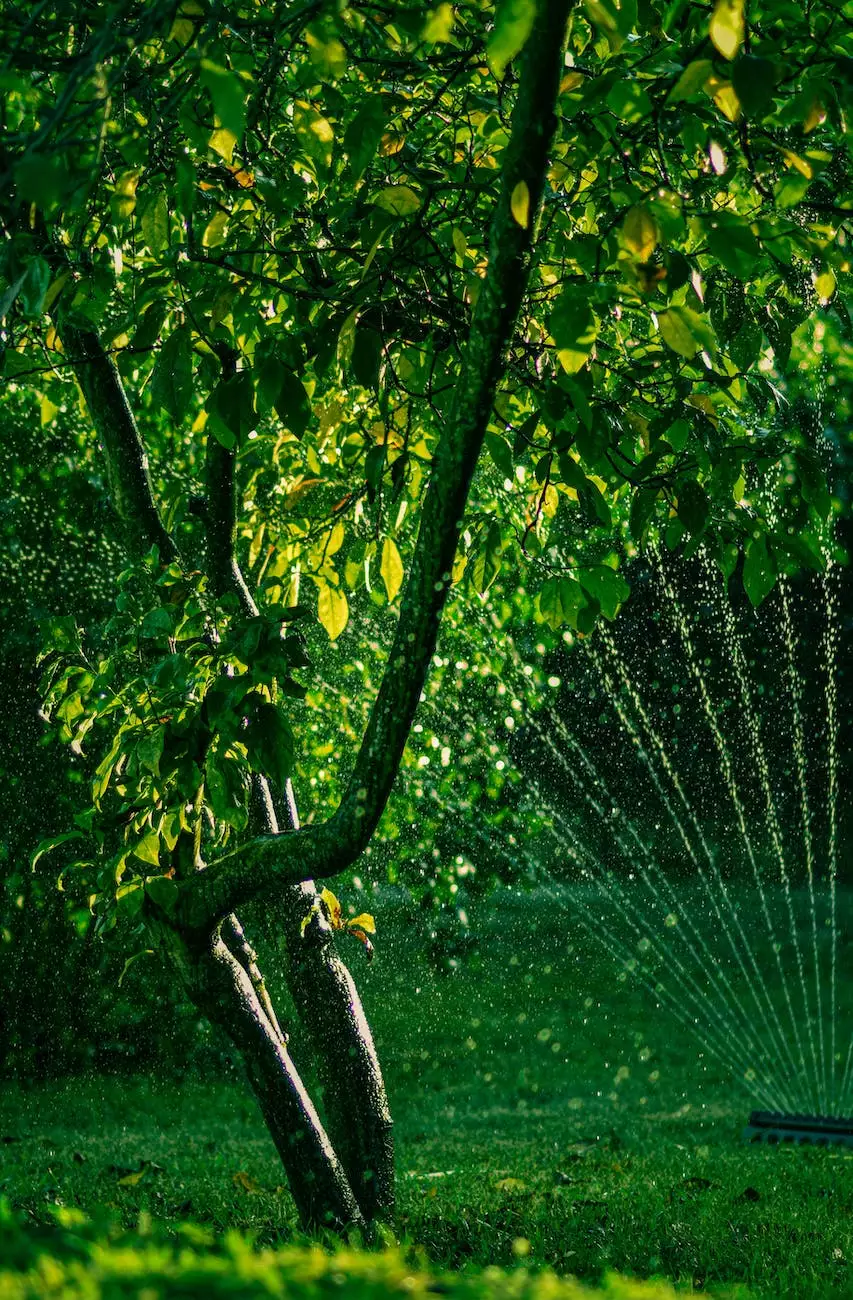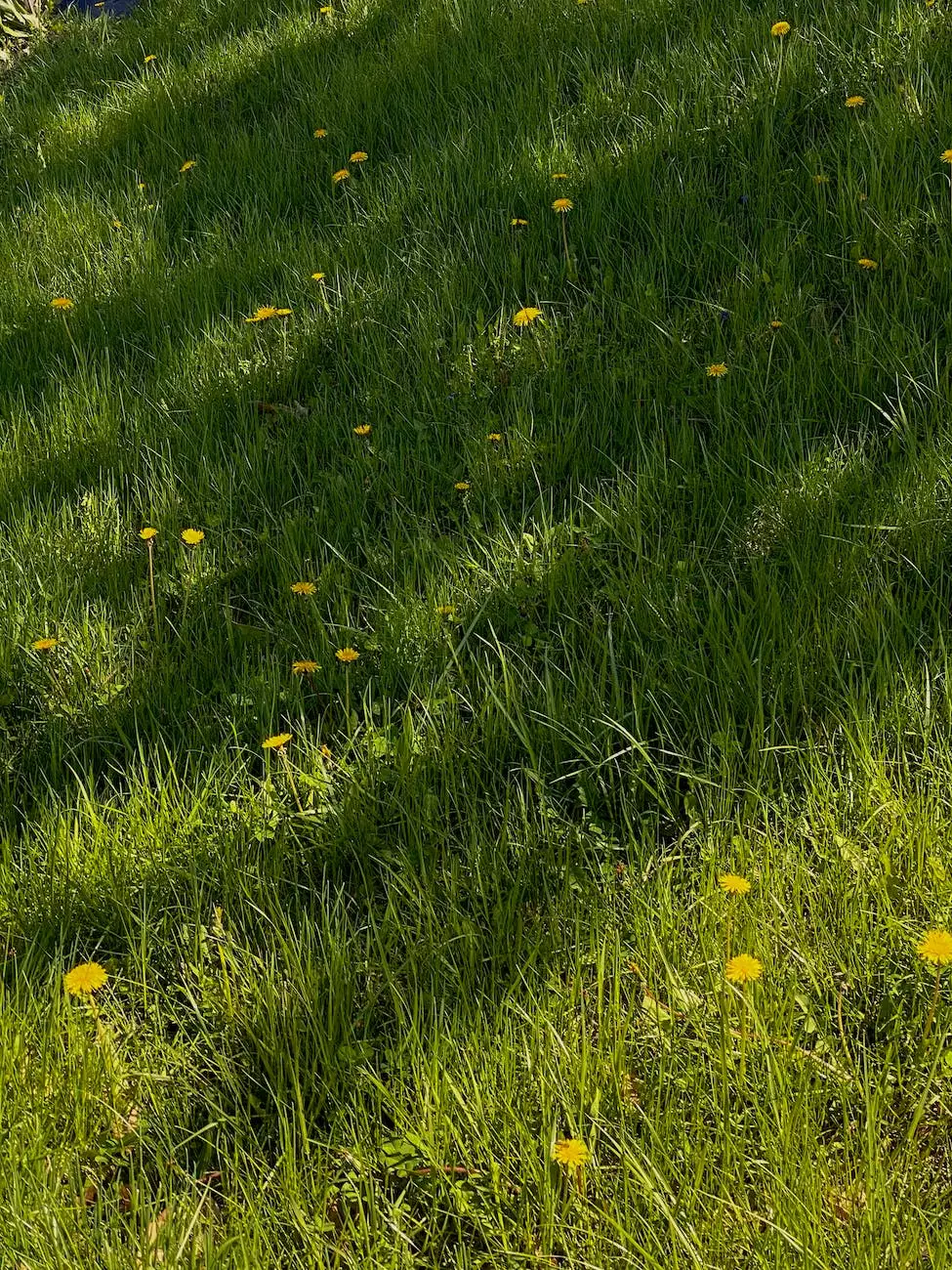What is a Berm in Landscaping?
Landscaping Ideas
Gardening enthusiasts are often on the lookout for innovative ways to enhance the beauty of their outdoor spaces. One landscaping technique that has gained popularity in recent years is the creation of berms. In this comprehensive guide, Always Lovely Lawn Care will delve into the world of berms, explaining what they are, their benefits, and how they can transform your garden.
Understanding Berms
So, what exactly is a berm? In landscaping, a berm refers to an elevated mound of soil that can be strategically placed to add visual interest and functionality to your garden. These earthworks are effortlessly incorporated into various landscaping styles and can serve multiple purposes within your outdoor space.
The Benefits of Berms
Berms offer numerous advantages in garden design and can become essential elements in creating a visually stunning and functional landscape. Let's explore some of the key benefits:
- Enhanced Drainage: By positioning berms strategically, you can redirect water flow, preventing soil erosion and waterlogging, which can be detrimental to plant health.
- Improved Privacy: Berms can act as natural barriers, offering privacy from neighbors or busy streets. By planting tall shrubs or trees on top of the berm, you can create a secluded oasis within your garden.
- Visual Interest: Berms add texture and dimension to an otherwise flat landscape. Their unique shapes, coupled with skillful plant selection, can create stunning focal points that captivate the eye.
- Microclimates: Due to their raised structure, berms can create microclimates within your garden. The upper portions receive more sun exposure, while the lower sections might be partially shaded. This versatility allows you to cultivate a wide range of plants that thrive in different light conditions.
Creating Your Own Berm
If you've decided to incorporate a berm into your garden, below are the essential steps to get you started:
1. Planning and Design
Begin by identifying the location for your berm. Consider the existing layout of your garden, taking into account factors such as drainage patterns, sun exposure, and existing plantings. Sketch out a rough design, keeping in mind the desired height, length, and shape of the berm.
2. Soil Preparation
Before constructing the berm, prepare the soil. Remove any existing vegetation and loosen the soil to improve drainage. If needed, enhance the soil with organic matter or compost to create a nutrient-rich environment for your plants.
3. Building the Berm
Start building the berm by shaping the soil mound according to your design. Remember to consider the intended slopes and ensure the berm blends naturally with the surrounding landscape. Compact the soil gently as you construct the berm to prevent future settling.
4. Plant Selection
Choose plants that complement your overall garden design and suit the specific conditions of your berm. Opt for a mix of shrubs, perennials, and groundcovers to create a visually appealing and diverse landscape. Consider the height, color, and texture of the plants to achieve a harmonious blend.
5. Maintenance
Regular maintenance is key to keeping your berm in optimal condition. Ensure proper watering and monitor for weeds. Prune shrubs as needed and replace any plants that may have become damaged or overgrown.
Conclusion
In conclusion, berms are an excellent landscaping technique that can elevate the beauty and functionality of your garden. By strategically incorporating these elevated mounds of soil, you can enjoy enhanced drainage, improved privacy, and create unique microclimates within your garden. Always Lovely Lawn Care hopes that this guide has inspired you to explore the world of berms and embark on your own landscape transformation. For more expert gardening tips and advice, visit our website today.










